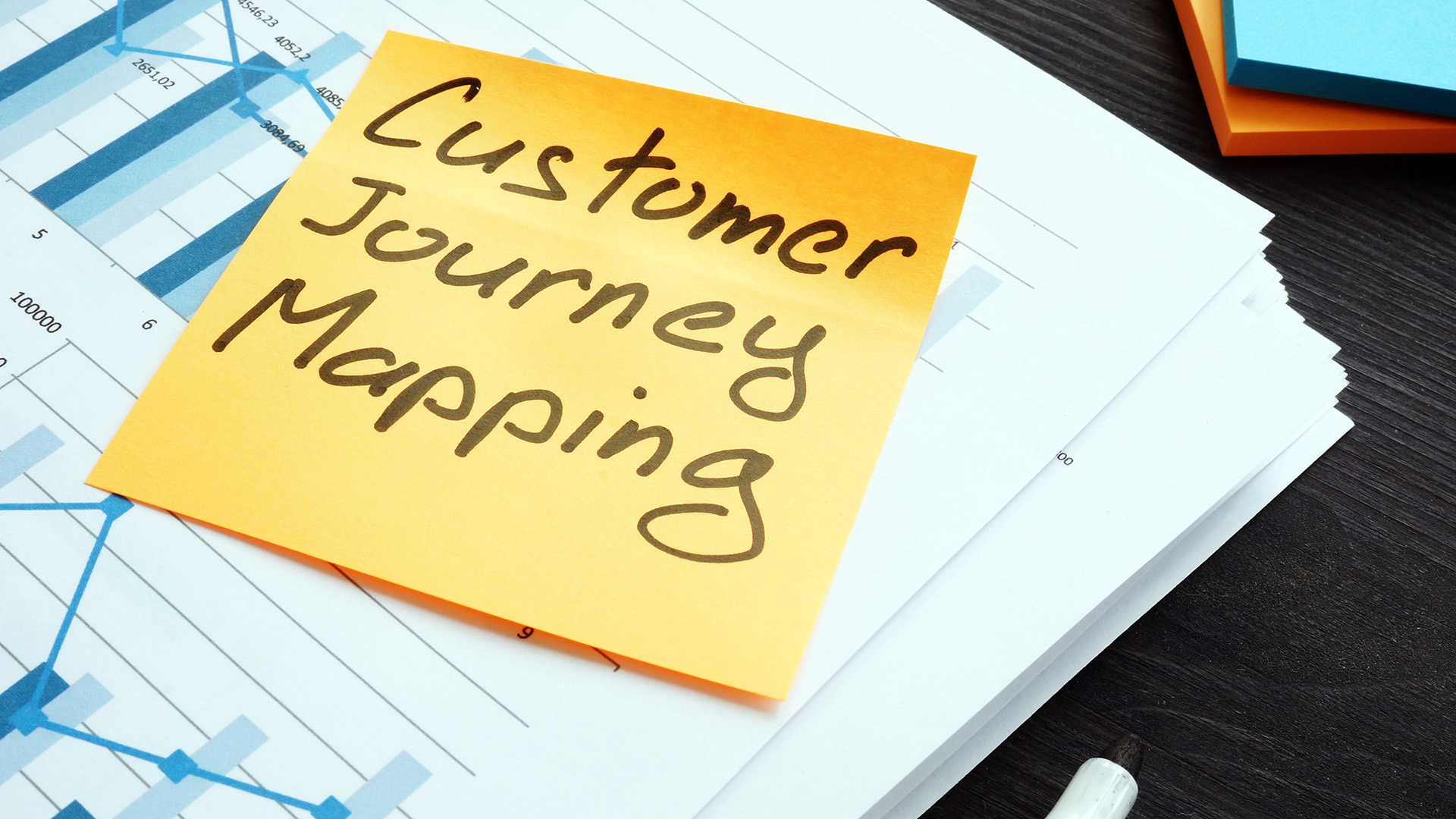In the ever-evolving landscape of digital marketing, B2B corporations are continually seeking ways to engage their audiences effectively. To succeed in this endeavor, understanding the customer journey is paramount. Customer journey mapping has emerged as a powerful tool for marketers, helping them navigate the complex path that the self-educating buyer takes. In this article, we will explore why mapping customer journeys is crucial for marketing automation and how it becomes the bedrock for content creation.
The Evolution of B2B Marketing
The B2B marketing landscape has undergone a significant transformation. Gone are the days when a simple product-centric approach sufficed. Today, customers are more informed, empowered, and discerning than ever before. They seek value, solutions to their challenges, and personalized experiences. To meet these evolving needs, B2B marketers must align their strategies with the customer journey.
Understanding the Customer Journey
The customer journey is the path that a prospect takes from the initial awareness of a problem or need through the research, consideration, decision-making, and post-purchase phases. It encompasses various touchpoints, both online and offline, where customers interact with your brand.
Mapping the customer journey involves visualizing this path, understanding customer behaviors, motivations, pain points, and expectations at each stage. It allows marketers to gain invaluable insights into what their audience truly needs, what questions they are asking, and how to deliver answers effectively.
Why Customer Journey Mapping Matters for Marketing Automation
- Personalization and Relevance: One of the cornerstones of effective marketing automation is personalization. By mapping the customer journey and understanding the questions customers are asking at each stage, marketers can tailor their automated messages, content, and interactions to align with each customer’s specific stage and needs. This relevance enhances engagement and fosters a deeper connection with the audience.
- Timely Engagement: Marketing automation relies on triggers and workflows to deliver messages at the right time and in the right channel. Customer journey mapping provides the roadmap for these triggers, ensuring that automated communications are timely and contextually relevant.
- Lead Nurturing: Understanding where leads are in their journey and what questions they have enables marketers to craft nurturing campaigns that guide prospects through the decision-making process. Whether it’s providing educational content or addressing common objections, marketing automation can nurture leads effectively when armed with journey insights.
- Content Sequencing: Mapping the customer journey and identifying the questions customers have reveals the progression of information they seek at different stages. This insight helps in sequencing content logically, ensuring that each piece answers their questions and addresses concerns as they arise.
Conclusion
In the realm of B2B marketing, the journey of your customers is your compass. Customer journey mapping empowers marketers to chart a course that aligns with customer needs, preferences, and expectations. By answering customer questions at every stage and delivering content through automated sequences, you build trust, loyalty, and a meaningful connection with your audience.




